Math As The Language Of Chance: An Introduction To Probability

Uncertainty is part of being human. Every day, our paths are marked by unknowns like unexpected opportunities, unforeseen setbacks, and unpredictable twists that make life more vibrant. None of us knows what’s going to happen – or what’s currently going on outside our immediate proximity. This might appear unsettling at first, but stepping out of our comfort zones, embracing challenges, and taking calculated risks leads to personal growth and increased strength. The world is so complex and chaotic that the future can’t be predicted. For additional educational resources, visit the U.S. Department of Education website.
Probability is critical for understanding and quantifying uncertainty. Rather than saying something is “possible” or “unlikely”, you can say it has a 1/6 probability of occurring. Probability is an integral part of mathematical education. Understanding factors like chance and risk is essential to your ability to function in society. How to calculate probability depends on the type of event you’re looking forward to in the future. For example, you wouldn’t calculate your chances of winning the lottery the same way you’d estimate the probability that it will rain. For additional educational resources, visit the U.S. Department of Education website.
Laying The Mathematical Foundation: Basic Concepts
The probability of an event occurring is expressed as a number between 0 and 1, where 0 represents an impossible event and 1 designates a sure event. Although you might hear probability described as likely or unlikely, numerical representation serves as the foundation for mathematical manipulation. We often see probability expressed as a percentage ranging from 0% to 100%. The higher the probability the percentage, the more likely it is that the event will occur.
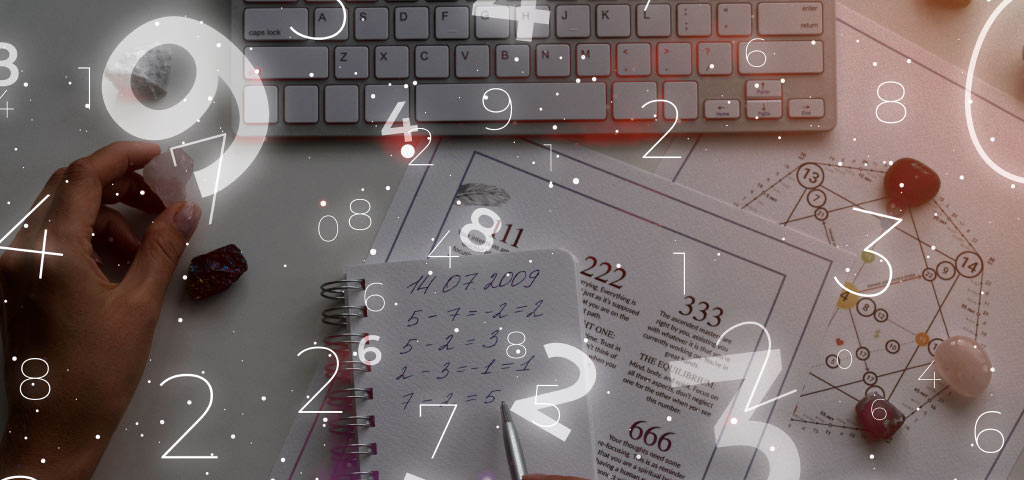
Probability is driven by expectations of what you know. For example, if you flip a coin, you know there are two specific outcomes: head or tail. You don’t know which outcome you’ll obtain on a toss, but you know for sure it will be heads or tails. The expected value is undoubtedly one of the most useful concepts to navigate life and get ahead, and it has multiple applications, from weather forecasts to gaming strategies. Insurance companies consider various probabilities to calculate the odds of policyholders getting into an accident. Although they expect some negative outcomes, it’s important to their bottom line that their expected return remains positive.
The likelihood of an event occurring is determined by dividing the number of successful outcomes by the total possible outcomes. The formula is: Number of favorable outcomes/Total number of outcomes. If a clinician is negligent in caring for his patient, the court must determine whether, on the balance of all probabilities, there’s a connection between the doctor’s breach of duty and the resulting damage. In medicine (and in life generally), uncertainty is unavoidable.
Mutually Exclusive Events Vs Independent Events
Two events are simultaneous if they happen at the same time. If they’re independent, their occurrences don’t depend on one another. There are a few examples of simultaneous eruptions from volcanoes located within 10 kilometers of each other. Mutually exclusive events can’t happen concurrently. In mathematical terms, it means the intersection of these events is an empty set, that is, a set with no elements. Understanding if events are mutually exclusive or not allows for better and more accurate ways of calculating probability. A coin can’t be both heads and tails in a single toss.
In probability, two events are independent if the incidence of one event doesn’t change the probability of another event. As a way of illustration, if you roll the dice twice, you can get two sixes. The outcome of the first roll and the second roll does not affect whatsoever on one another. Consider an event like applying for free school meals. If the probability of enrollment is the same for all minority subgroups, then accessing special support and being in minority subgroups are independent. Independent events aren’t necessarily mutually exclusive.
Chance, Probability, And Odds Describe The Likelihood Of An Event Occurring
On a day-to-day basis, we use terms like “probable”, “almost definitely”, “a little chance of”, or “unlikely” when we’re talking about probability. Chance, usually expressed as a percentage or a fraction but without strict mathematical calculation, is the natural occurrence of an event without artificial manipulation. It’s more of a qualitative term used to indicate the likelihood of a particular outcome or event happening. Chance is, therefore, used interchangeably with probability. You could say there’s a 50/50 chance of rain tomorrow.
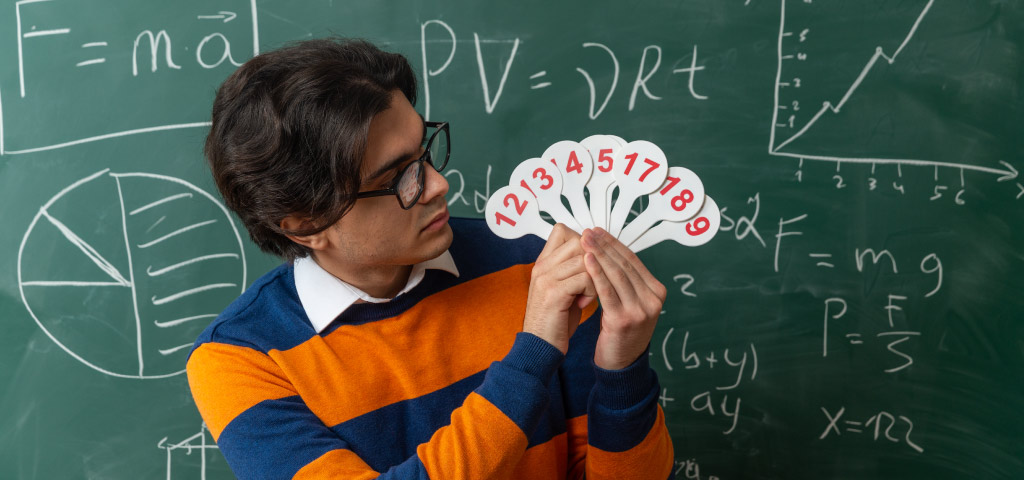
Probability is a formal logic approach to embracing uncertainty and making predictions based on known factors. To figure out the probability of drawing a queen, you must consider a typical deck of playing cards. The number of queens is four, one for each suit, and 52 cards, so the probability of drawing a queen is 1/13. You can change it into a percentage by multiplying 1/13 by 100, and the result is approximately 7.69%. When the probability of an event is zero, it’s called an impossible event. For example, the sun rises in the west and sets in the east.
The odds represent the ratio of favorable outcomes to unfavorable outcomes. If you buy 10 lottery tickets, the odds of winning are 1 in 100,000, and this means you have one chance of winning versus 100,000 chances of not winning. It’s perfectly legal to keep selling the tickets even if the prize has been won, so do a little research beforehand. Odds are commonly used in gambling to determine payouts. They always favor the house.
Wrapping It Up
There are countless instances in real life where you can use probability to determine how events will turn out. Understand how many possible outcomes there are and determine how many of those outcomes are favorable to the event to derive the probability. If an event is sure to happen, the probability is 1, but if it doesn’t happen, the probability is 0. The result is called an outcome. From sports betting to making medical diagnoses, probability plays an important role in many fields and industries.
All in all, predictions aren’t infallible, so test your data to make sure it’s accurate. It’s key to unlocking valuable insights and addressing complex problems head-on.
Frequently Asked Questions
What is the difference between mean, median, and mode?
The terms mean, median, and mode are basic statistical measures used to describe the distribution of a data set, which is essential in understanding probability as discussed in the broader context of embracing uncertainties in life. The mean is the average of all values, calculated by summing the numbers and dividing by the total count of values. The median is the middle value in a sorted data set, providing a measure that is not skewed by outliers as the mean can be. The mode refers to the most frequently occurring value(s) in a data set, highlighting the most common outcomes which can be critical when assessing probabilities and risks. Understanding these concepts can help in making more informed decisions in uncertain situations.
How do you add and subtract mixed fractions?
Adding and subtracting mixed fractions, just like understanding probability, are important skills in managing mathematical uncertainties and calculations. To add or subtract mixed fractions, first convert each mixed fraction into an improper fraction (where the numerator is larger than the denominator). Then, make sure the fractions have a common denominator; if not, find the least common denominator and adjust the fractions accordingly. Finally, add or subtract the numerators as required, and simplify the result if possible. This process helps clarify the fractions involved, making it easier to see the solution, much like clarifying probabilities helps in understanding real-life chances and risks.
How do you add and subtract decimals?
Adding and subtracting decimals is a fundamental math skill that is as straightforward as working with whole numbers, but it requires careful alignment of the decimals. To begin, write down the numbers one on top of the other, ensuring the decimal points are lined up vertically. If the numbers have different lengths, you can add zeros to the end of the shorter number to match the length. Then, proceed to add or subtract as you would with whole numbers, moving from right to left. This method helps in accurately determining the probability of outcomes by providing a precise value rather than a vague descriptor like “unlikely” or “possible”, making decisions clearer and more informed.
Related to This Article
More math articles
- How to Factor and Simplify Trigonometric Expressions
- 10 Tips for Advanced Studying Mathematics
- ACT Math Formulas
- How Is the CLEP College Mathematics Test Scored?
- The Ultimate Praxis Core Math Formula Cheat Sheet
- Mastering the Midpoint & Distance on the Number Line
- Expert Advice on Making Math Fun
- Algebra Puzzle – Challenge 40
- Top 10 5th Grade NYSE Math Practice Questions
- GED Math – Test Day Tips
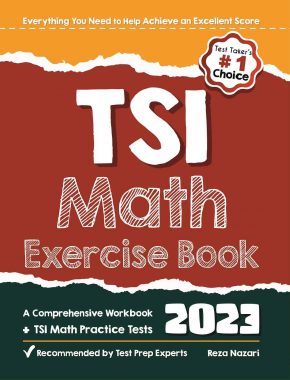
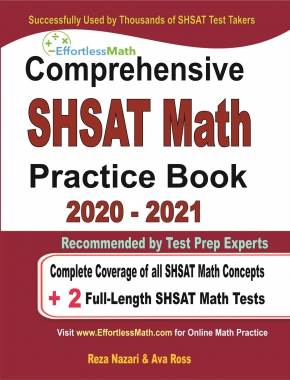
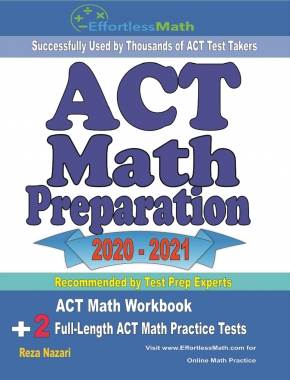
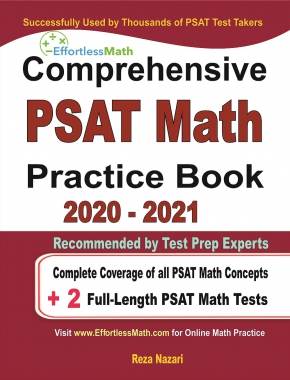
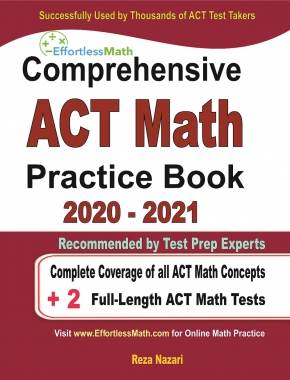
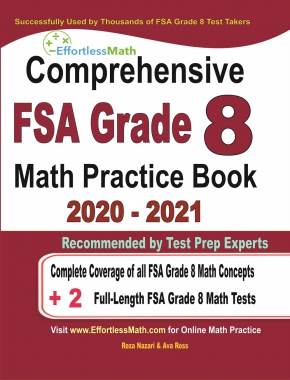
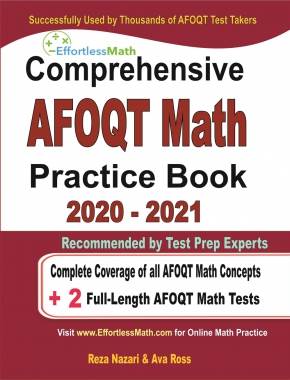
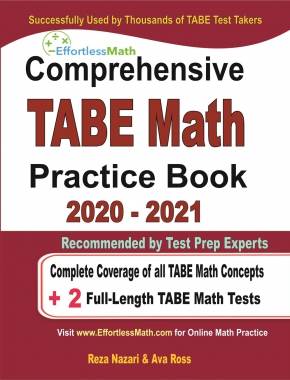
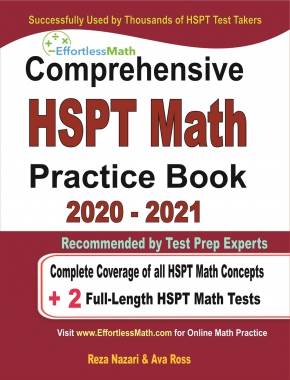
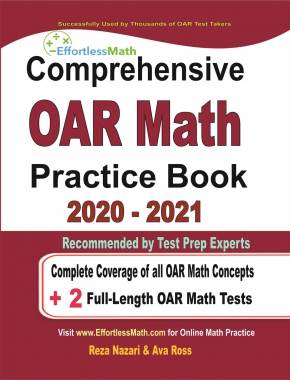
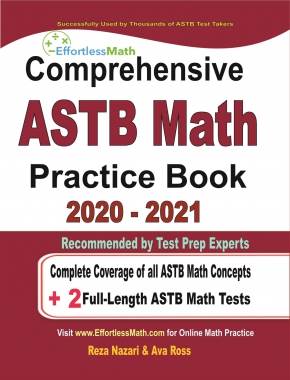
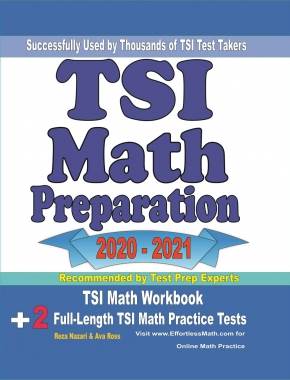
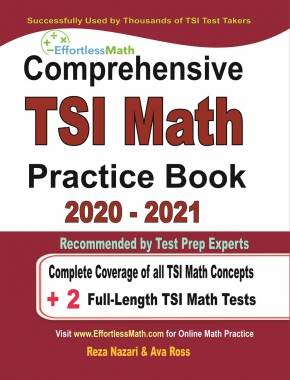
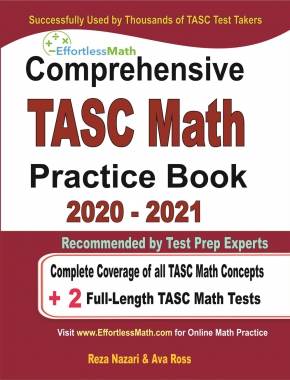
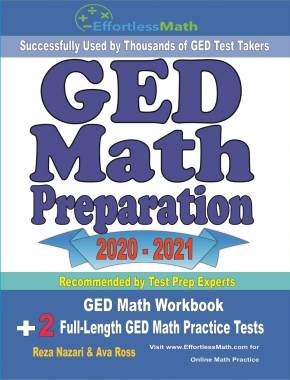
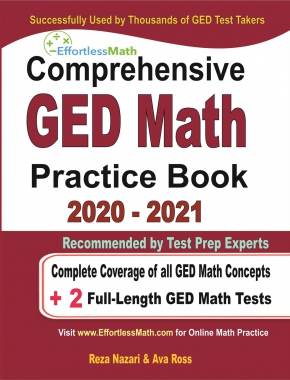

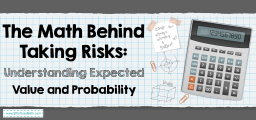


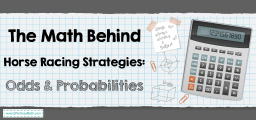


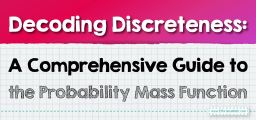

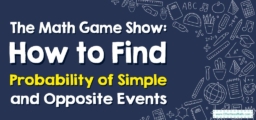

What people say about "Math As The Language Of Chance: An Introduction To Probability - Effortless Math: We Help Students Learn to LOVE Mathematics"?
No one replied yet.